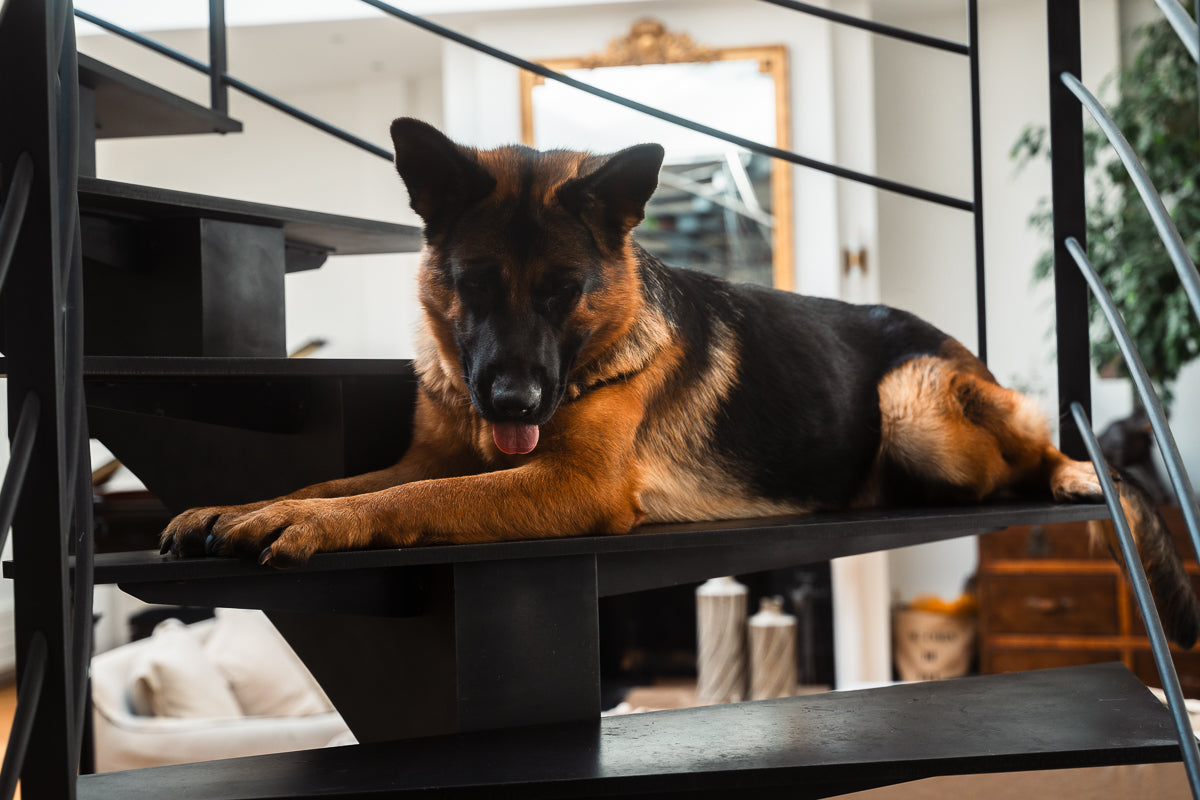Dogs are often referred to as "man's best friend," and much of their reputation stems from their impressive sensory abilities. One of the most fascinating topics is dog night vision. Many owners wonder if their four-legged friends can actually see in the dark, and if so, how well. This article explores dogs' visual abilities, how they function in low-light conditions, and what this means for their behavior.
How Dogs' Vision Works
Dogs' vision differs from humans in several ways. First, they have a higher number of retinal cells called rods, which are sensitive to light. These cells allow them to detect movement and see in low light conditions much better than humans. While the human eye has a higher proportion of cones (responsible for color perception), dogs have a better balance of rods and cones.
In addition, dogs have a reflective membrane called the tapetum lucidum, located behind the retina. This membrane acts like a mirror, bouncing back the light that passes through the retina. It thus amplifies the available light, allowing dogs to see better in the dark. This is also why some dogs' eyes glow in the dark when illuminated by a light.
Limitations of Night Vision
Although dogs can see in low light conditions, this doesn't mean they can see in total darkness. They need a certain level of light to function effectively. Their night vision is better than that of humans, but it is still limited by extreme lighting conditions.
Additionally, dogs see the world differently than humans. They are dichromats, meaning they primarily perceive two colors: blue and yellow. As a result, they cannot see certain shades of red and green, which can affect how they perceive their surroundings, even in broad daylight.
Implications for Dog Owners
Understanding dogs' night vision has practical implications for their owners. For example, if you take your dog for a walk outside at night, make sure to keep them on a leash or walk them in well-lit areas. Dogs can detect movement, but they can also be surprised by obstacles or hazards in the dark.
Additionally, dogs that spend a lot of time outdoors at night should be supervised to prevent accidents. Installing outdoor lights can also help create a safer environment for your companion.
Conclusion
Dogs possess impressive visual abilities that allow them to see in low light conditions, thanks to a combination of retinal cells and the reflective membrane tapetum lucidum. Although they cannot see in complete darkness, their night vision is far superior to that of humans. As owners, it is essential to consider these abilities to ensure your dog's safety and well-being, especially during nighttime walks. By better understanding how your dog perceives the world, you can strengthen your bond and improve their quality of life.




Leave a comment
This site is protected by hCaptcha and the hCaptcha Privacy Policy and Terms of Service apply.